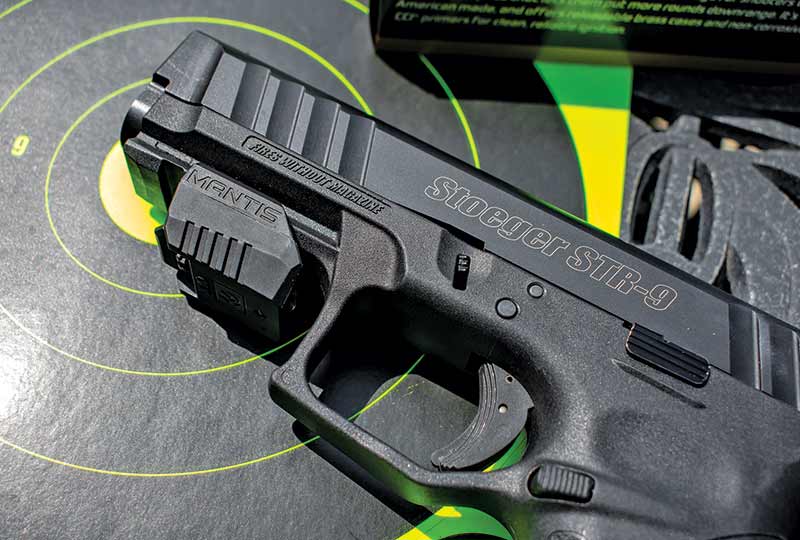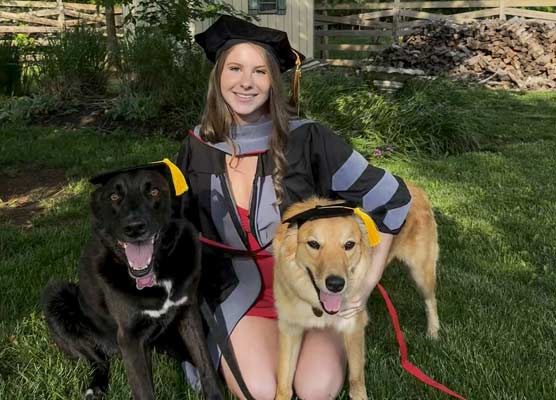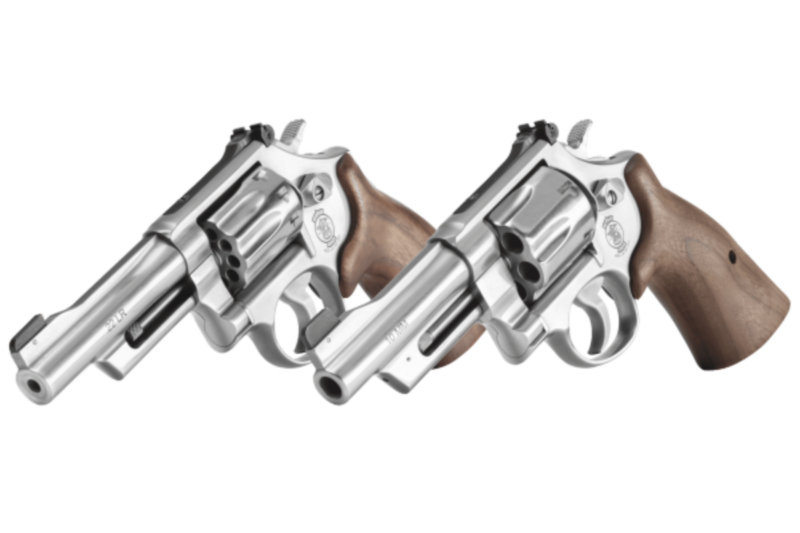The Experiment
I started with a traditional two-handed grip on my Stoeger STR-9. Most of my shots broke low and left, which Mantis attributed to “tightening fingers.” My average recovery time was 0.42 seconds. The mobile app provided data including a graph displaying the recoil path of my shots. My third shot not only scored the best, but had the smallest muzzle rise and recoil width with a recovery time of 0.38 seconds — in the middle compared to my other shots (0.12 seconds, 0.16 seconds, 1.02 seconds).
My next test was using a “cup and saucer” grip; certainly not recommended, but widely used by novice handgun shooters. A consistent pattern emerged in reviewing the graph and recoil angle. All recoil took place to the left of center whereas it stayed relatively center on target with the two-handed grip.
I’ve watched many a bullseye shooter fire one-handed, so I decided to give it a try myself. Keep in mind I have not been formally schooled in this method, so recoil management was my primary focus. The average recovery time, at 1.70s, far exceeded that of the former two tests. With fewer contact points on the gun, I had less control over recoil, and it showed. The gun moved far more than it did previously. This does not necessarily mean shots are bad, just that it takes longer between them to return to target.







